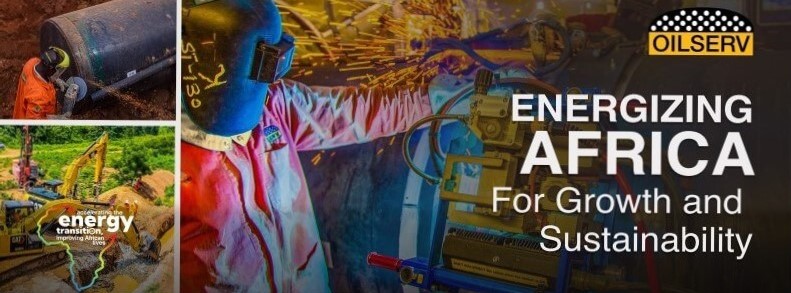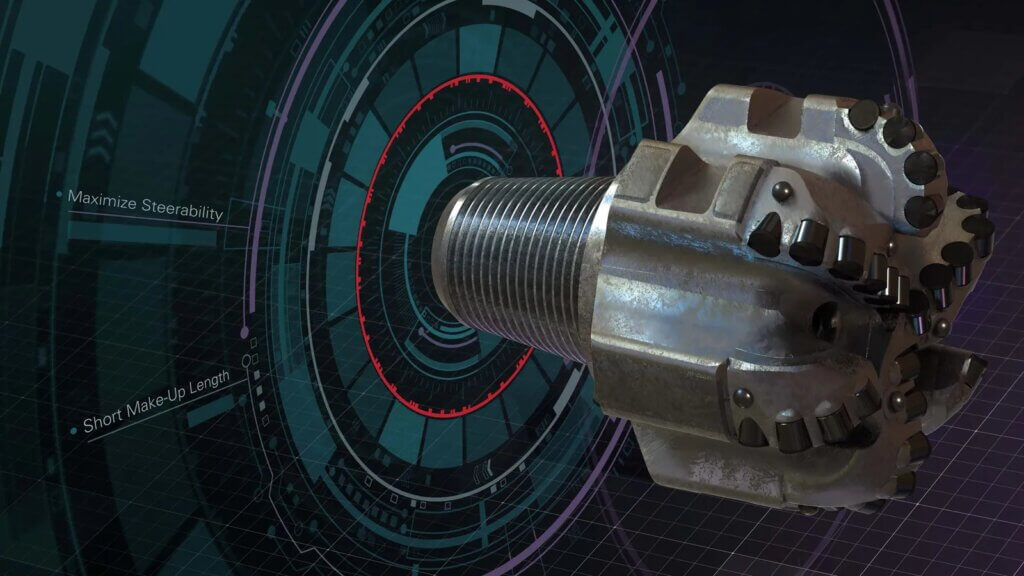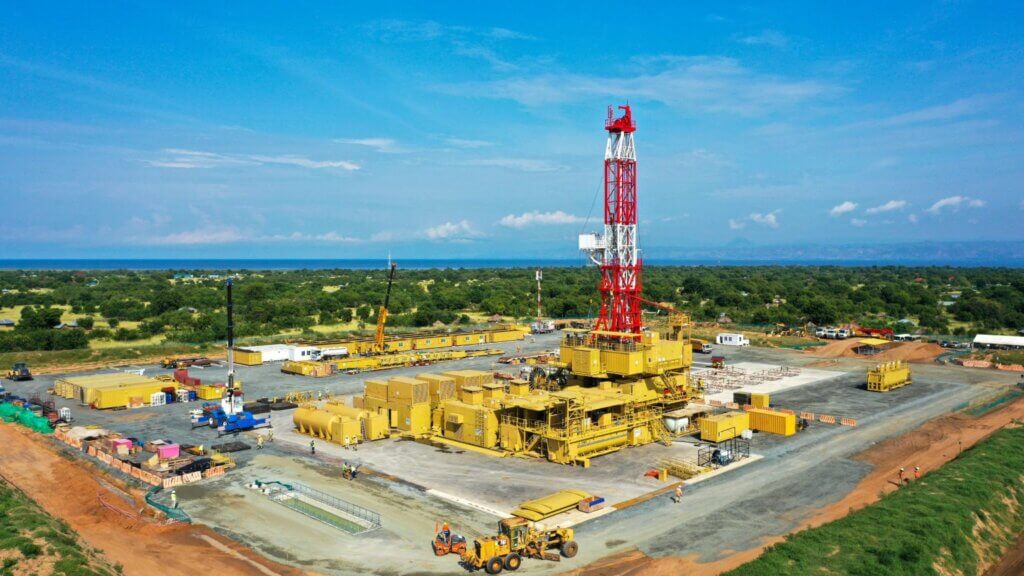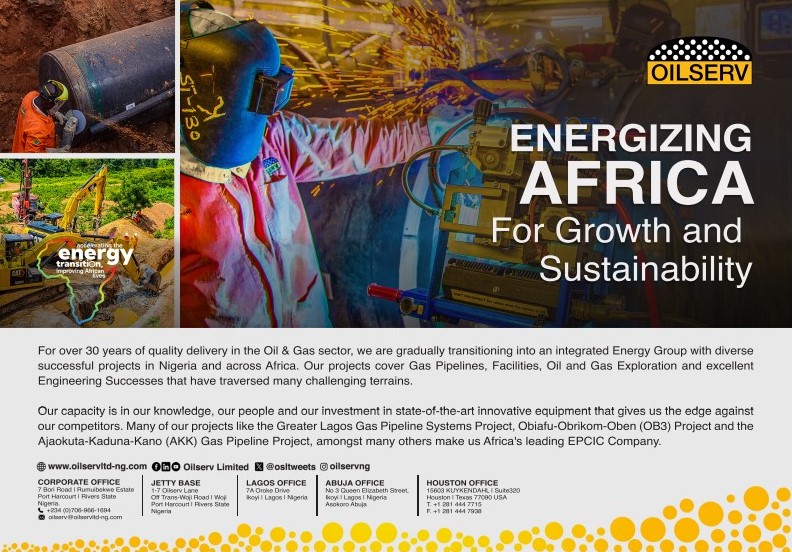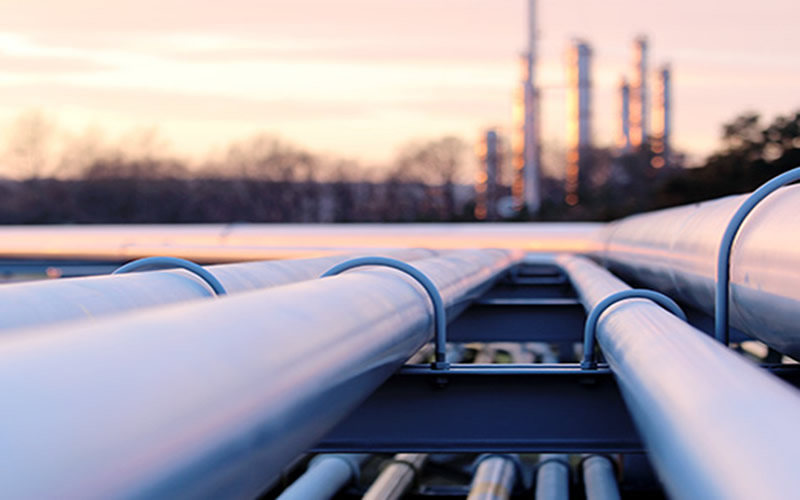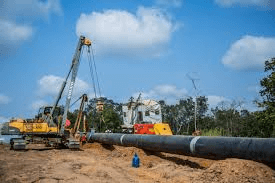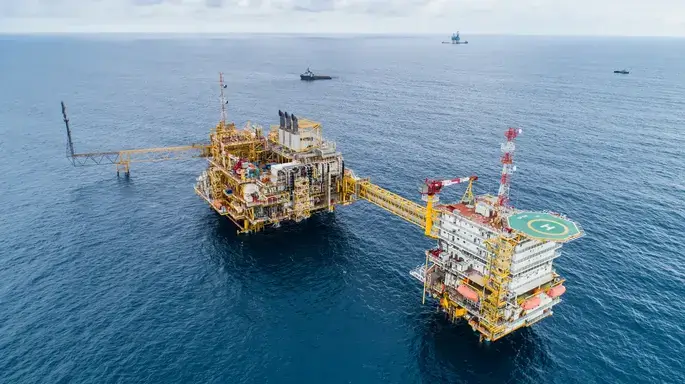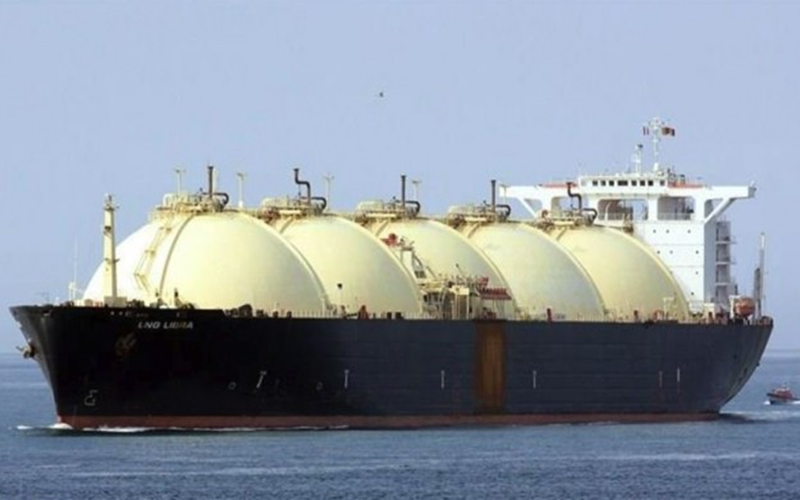
Hydrogen is the simplest possible molecule yet it is set to have a prominent role within future energy scenarios, predominantly driven by its ability to store and deliver usable energy. In the UK, there are plans to develop a number of projects with hydrogen production and industrial usage, coupled with CO2 capture and storage.
These will be driving the sustainable development of a future hydrogen economy but are clearly impacted by the need for hydrogen to be industrially produced, either by steam-methane reformation (blue hydrogen) or electrolysis (green hydrogen). There is, however, much recent discussion about all that is gold – natural hydrogen. This is produced naturally underground and is something that could be explored for and produced as we have done so for oil and gas.
The last few years have seen a growing interest in natural hydrogen accumulations, in particular surface seeps and expressions (often referred to as fairy rings), and how much hydrogen could potentially be stored naturally in subsurface reservoirs. Hydrogen-rich gas seeps have been known about for thousands of years. Perhaps the most famous and well documented continuously burning natural gas seep is at Chimaera, near Antalya in Turkey, that has up to 12 per cent hydrogen content. Near the Malian capital of Bamako, Hydroma Inc. have identified a number of hydrogen-bearing reservoirs capped by a dolerite sill. Ninety-eight per cent pure hydrogen is produced from the subsurface and it now generates electricity for a local village using a fuel cell driven by the produced hydrogen. More recently Helios Aragon in Spain confirmed the presence of natural hydrogen at an old oil and gas well, and has plans to explore it further with the ultimate aim of producing hydrogen commercially. Meanwhile, recent drilling by Gold Hydrogen Ltd on the Yorke Peninsula near Adelaide found natural hydrogen up to 86 per cent purity and the future goal is also commercial production.

So, it appears that the subsurface could potentially hold large volumes of stored natural hydrogen. But, how is it produced? This is a key question that has several possible answers. We know that there are both non-biological and biological processes that can lead to hydrogen being produced in the Earth’s crust. It can be made by microbes living in the crust, in addition to geological processes, such as serpentinization, where the mineral olivine is weathered to form hydrogen-rich fluids. Other geological processes include iron reduction, where iron-rich minerals are reduced to ferrous iron and hydrogen sulphides.
There is clearly much still to understand about the way natural hydrogen is produced in the subsurface, as well as how much is present and where these accumulations are. Commercial exploitation will also need to assess the engineering challenges for extracting this hydrogen and how it can be utilized as part of the changing face of our modern energy landscape.
GeoLogica continues to offer courses focusing on the hydrogen within the energy transition, with two new courses on offer in 2024:
The Hydrogen Landscape: Production, Policy and Regulation (E575) gives an in-depth overview of the current hydrogen landscape, including its likely role in the energy transition, production and economic challenges.
The Transportation and Geological Storage of Hydrogen (E576) explores the need for geological storage of hydrogen and the geological storage options available for the secure storage and withdrawal of hydrogen from these different geological stores.
If you’re interested in joining the hydrogen debate, want to learn more about natural hydrogen, or simply discover the role that hydrogen can play in decarbonizing our energy systems, then GeoLogica has a training course for you – find out more here.













